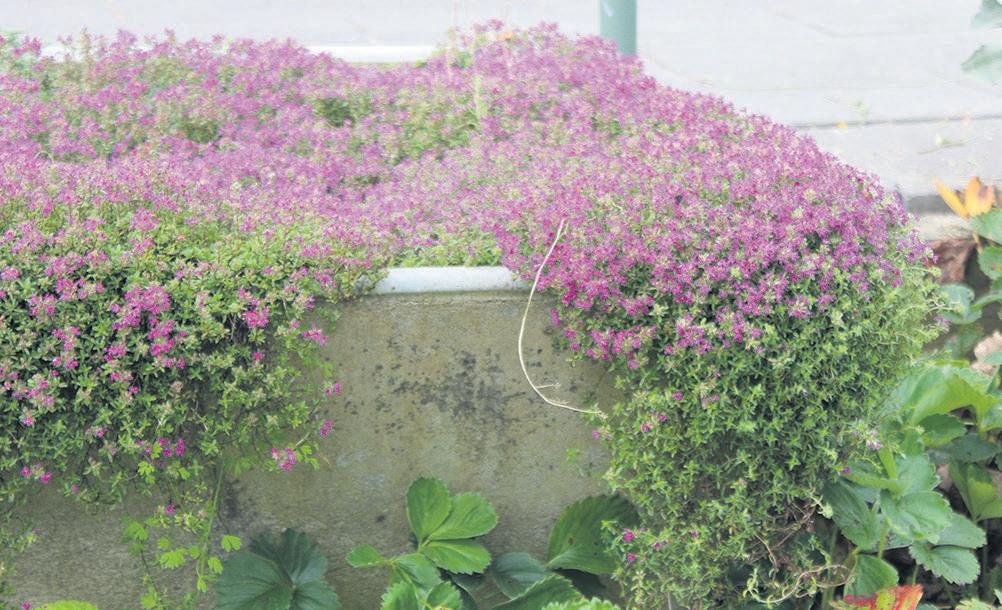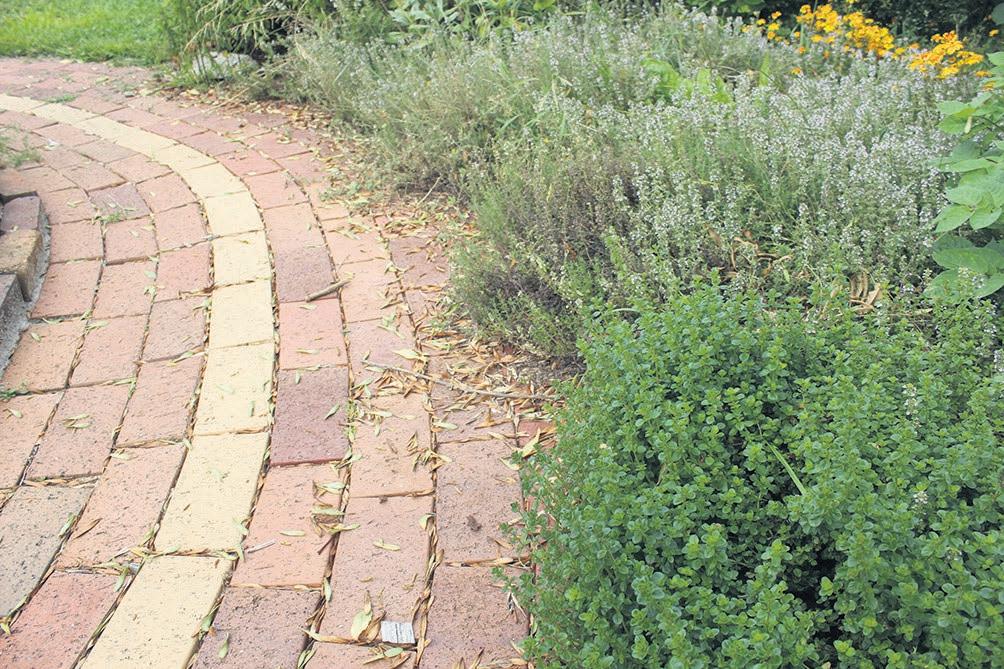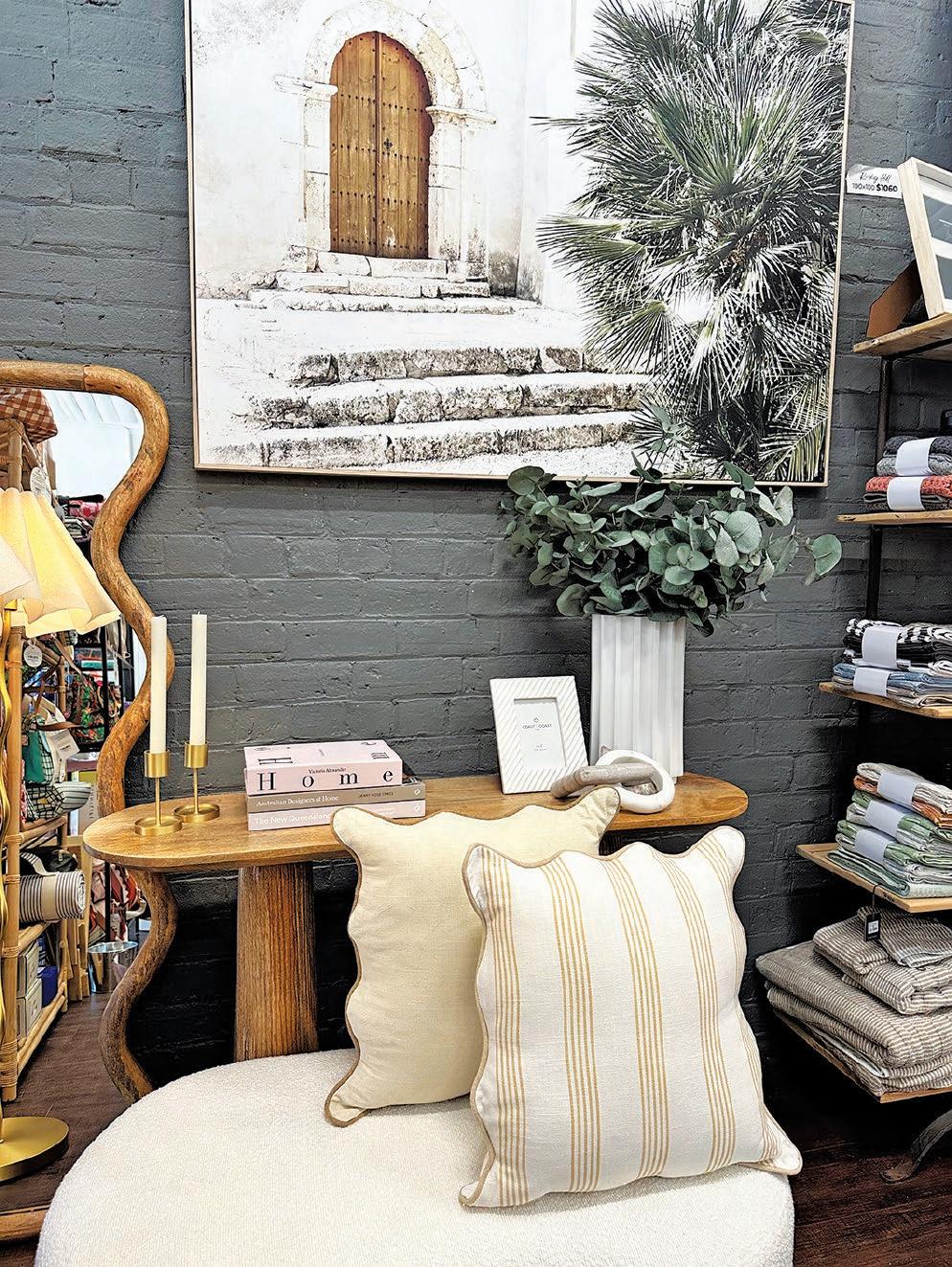




Many of us seek out our forever home, and at Our Home, we have found the local builder who will build it for us — no matter the stage of life we are at — Hotondo Homes.
For me, closer to the retiring stage of life than a first-home owner, Hotondo Homes has over 90 flexible floor plans that include everything people need.
Once you have your forever home, making it feel warm, cosy and inviting is a must.
To do this, Our Home stepped inside I Want I Need to discover the season’s best looks.
From the front cover of Our Home, you can see that this autumn is all about warm tones and textures illuminating sprinkles of gold across your living space.
I want and need the beautiful vintage-inspired linen fluted Paola & Joy Cora floor lamp to finish the lounge room.
As a person always thinking about how to save for that forever home, many tips in this issue can help me go through its doors and snuggle in.
This includes ideas on food on a budget, how to grow your own herbs, preserving your vegetable garden bounty, and the advantages of cooking on induction.
Vanessa from Soap Bar Co. many ideas for adding fragrances to your home without the nasty chemicals.
Echuca Moama has everything to build and style your forever home, making it as comfortable and attractive as you would like.
Jaci Hicken


Front cover:

An Atlanta pebble ottoman, topped with Izaro cotton cushion set against a Ligne Wood Console, dressed with a beautiful vintage-inspired linen fluted Paola & Joy Cora floor lamp, Topsy Turvy solid brass candle holders, Country Road Nellie porcelain vase and Berat Ceramic candle jar.
To delve deeper into styling your space, the must-read books atop the console are Home: Victoria Alexander, Australian Designers at Home and The New Queensland House.
WRITER
Jaci Hicken EDITOR
Kylie Garrett PHOTOGRAPHY Aidan Briggs

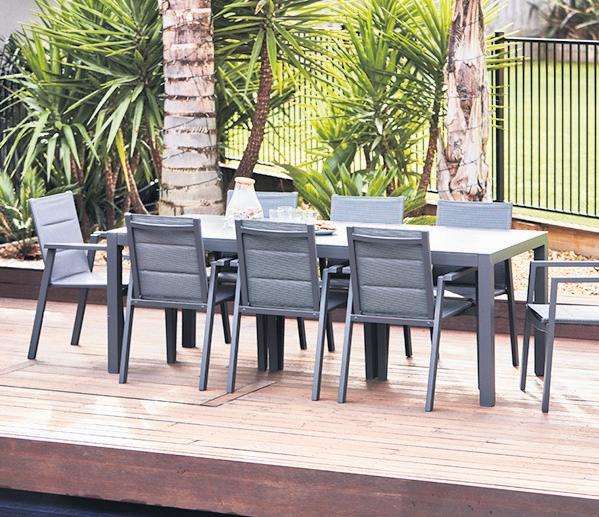

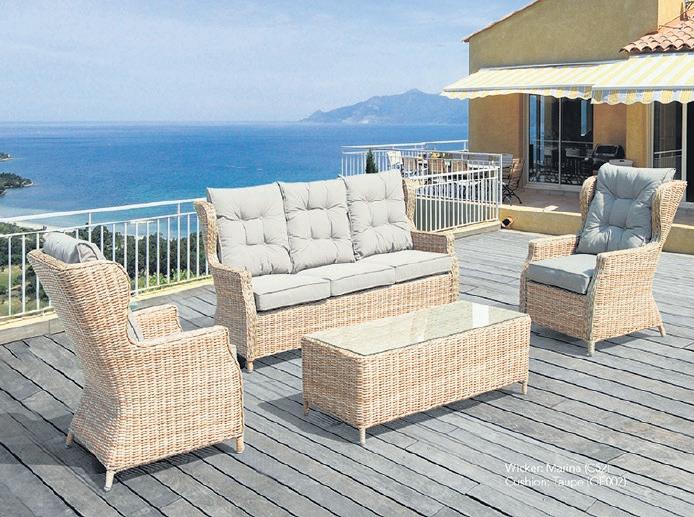



























































SOAP BAR CO. FOUNDER AND OWNER VANESSA BRONSGEEST KNOWS HOW TO MAKE YOUR HOME SMELL AMAZING AND KEEP THE NASTIES AWAY FROM YOURS AND YOUR FAMILY’S SKIN.
“Iwanted to make soap for myself and my family,” Vanessa said.
“So, I brought a soap-making kit and made the soap, but wasn’t happy with all the chemicals it came with.
“I started researching how to make natural soap and fell in love with the process.
What makes the Soap Bar Co. soap smell great is the essential oils.
“I only use pure essential oils,” Vanessa said.
“I don’t use any artificial fragrances, so using my soap is like burning a candle without lighting it.
“We are not stingy on the amount of essential oils we pop in the soaps, making my own blends.
“I have floral, citrus, and earthy tones and an unscented bare bar.
“Handmade cold process soaps are important to us because they are generally made by a small business and in small batches, which means that machines are not used.
“And we as humans can control the ingredients that go into it.
“We don’t need to use artificial colour, fragrances and chemicals or mass produce which is not good for the skin.”
Vanessa recommends the forest bar, a blend of peppermint, eucalyptus, and juniper berries, to give your home a ‘fresh’ smell.
“If you want something more florally, you could pick our Pink Pose, which is a blend of ylang-ylang, bergamot, rose absolute and lavender, coloured with French pink and kaolin clay, garnished with mini stardust daisies,” she said.
“I’ve got an autumn collection which launches the first day of the season.
“Four cold processed artisan soap bars designed around the autumn season, so you can expect those warm scents as you are coming from summer into winter, with cloves, patchouli, cedarwood and jasmine in there.”
You don’t only have to use soap to make yourself smell nice, but you can also use it to make your home smell amazing, popping it in your drawers to refresh your linens.
“We have little soap savers that we put soap in from when we bevel the edges of the soap,” Vanessa said.
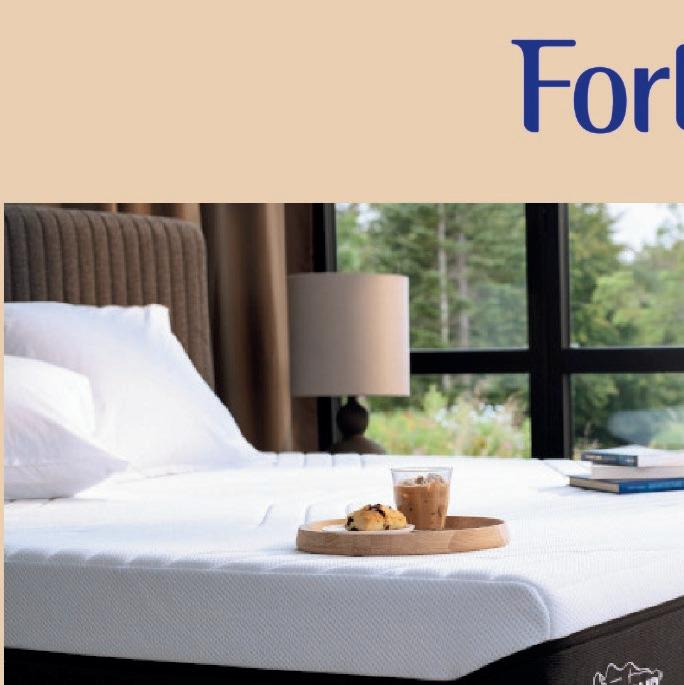

“People buy them as little soap potpourri bags and pop them in their drawers.”
On top of the soap making your home smell nice, the labels from Soap Bar Co. are 100 per cent recycled paper embedded with daisy seeds. These labels can be grown into plants and also make your home smell amazing.
For more information, visit: soapbarco.com.au
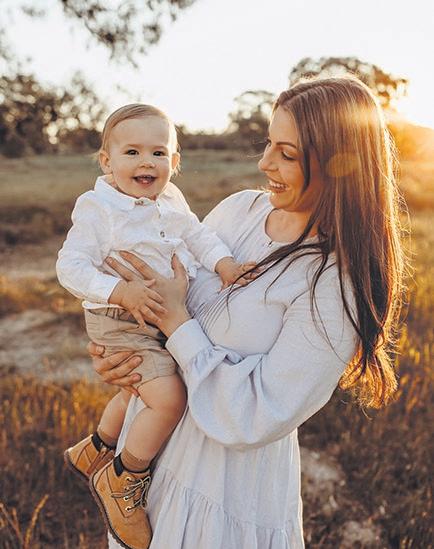


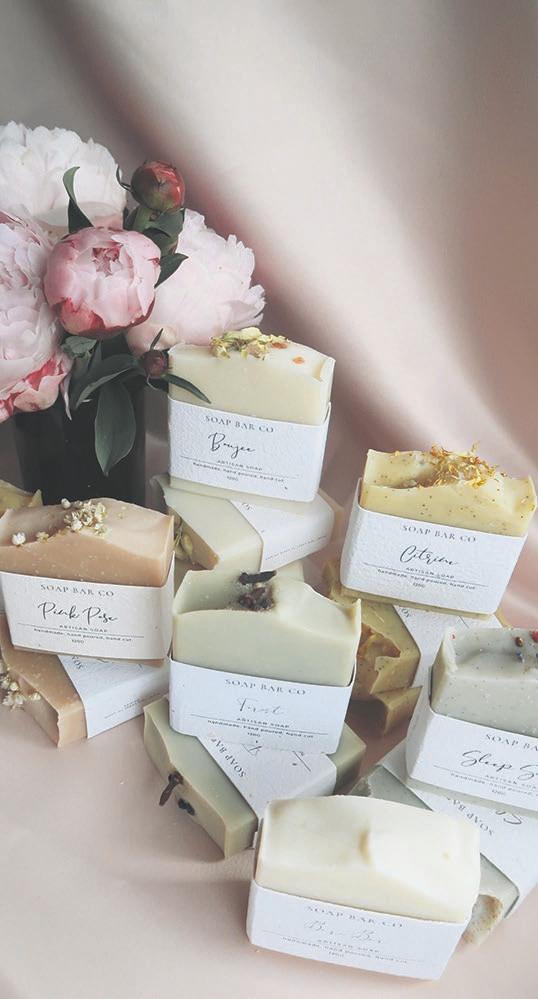


IN THIS ISSUE OF OUR HOME, JOURNALIST AND QUALIFIED CHEF JACI HICKEN SHARES HER AUTUMN-PRESERVING RECIPE USING VARIETIES OF HOME-GROWN PRODUCE THAT YOU MAY NOT BE ABLE TO FIND IN STORES.
As it is autumn, the kitchen is alive, preserving the last of the summer’s bounty, grown just outside the kitchen door. The beauty of growing your food is you can grow what you like to eat, but you can also grow different varieties from those you can find in the store.
Take the tomato, there are over 10,000 varieties grown worldwide, but only a fraction can be found in the supermarket.
Wandering through the four rows of tomatoes in the backyard this year, you will find a couple of black tomato varieties including Black Krim, Black Russian and a Black Cherry.
If you only have red tomatoes, they can be used as a flavouring for sausage rolls. They will be acceptable in this recipe, you will end up with a redder colour, but the taste should be the same.
This chutney can be served on anything you love to eat with a cooked sauce or chutney, or used as a flavouring in a casserole.
Ingredients:
• 1 kg of black tomatoes peeled and chopped.
• 250 g brown onion finely diced.
• 250 g cooking apples, peeled, cored and diced.
• 190 g sultanas
• 190 g currents
• 1 pinch of cayenne
• 1 litre vinegar
• 675 g sugar
Method:
• Put all ingredients except the sugar in a preserving pan.
• Heat the mixture, stirring until boiling.
• Cook until the mixture thickens. It should take about 1½ hours
• Add sugar and stir until boiling again.
• Cook again for another 1½ hours, stirring frequently, until the mixture does not separate.
• Bottle and seal in hot sterilised jars.
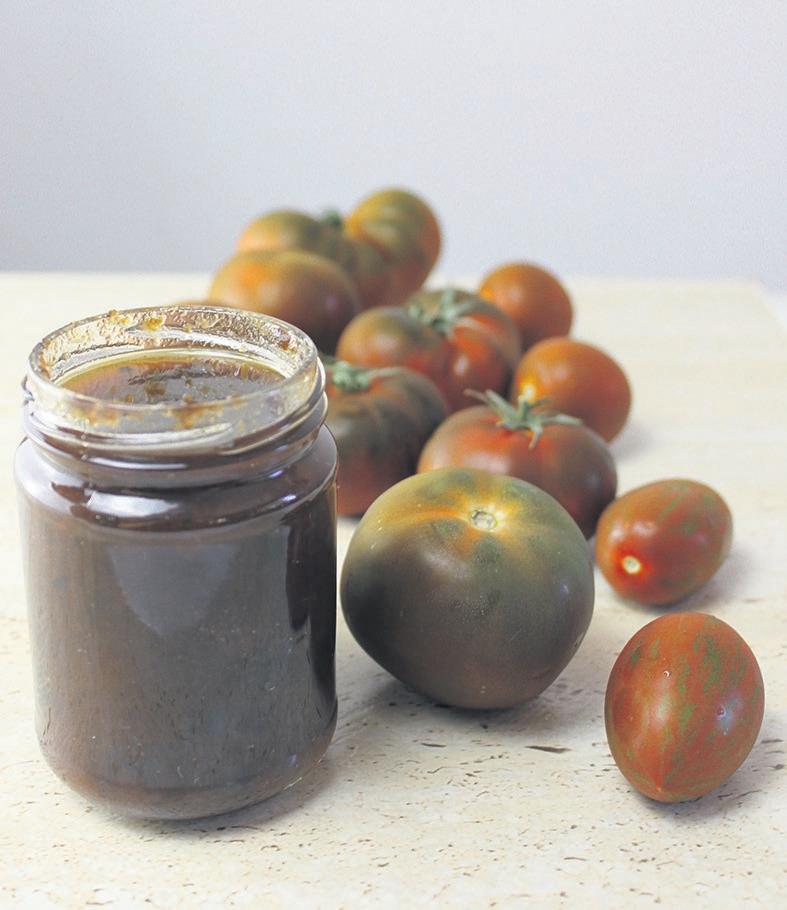
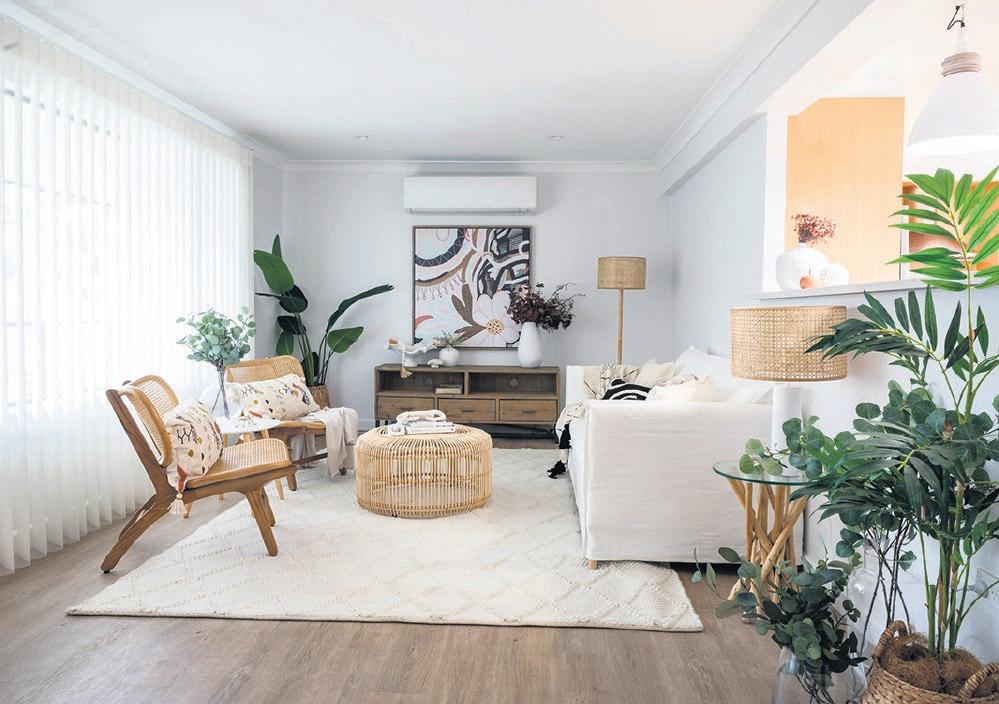





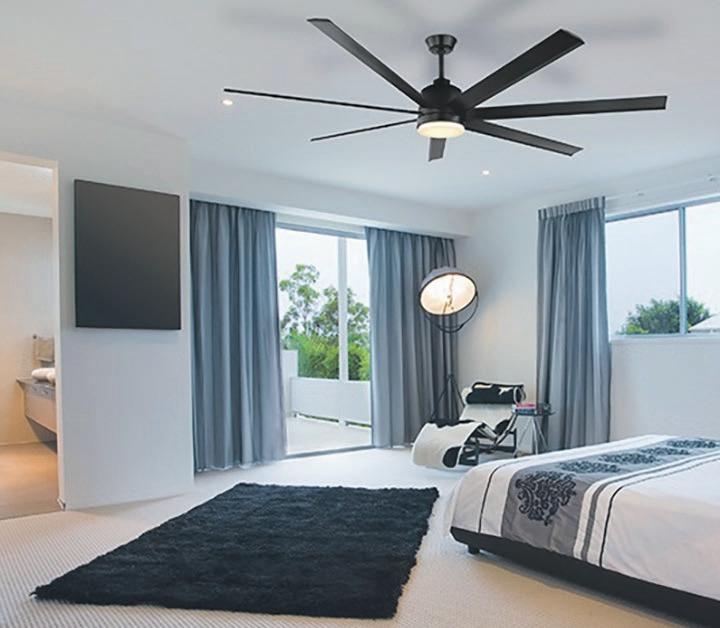
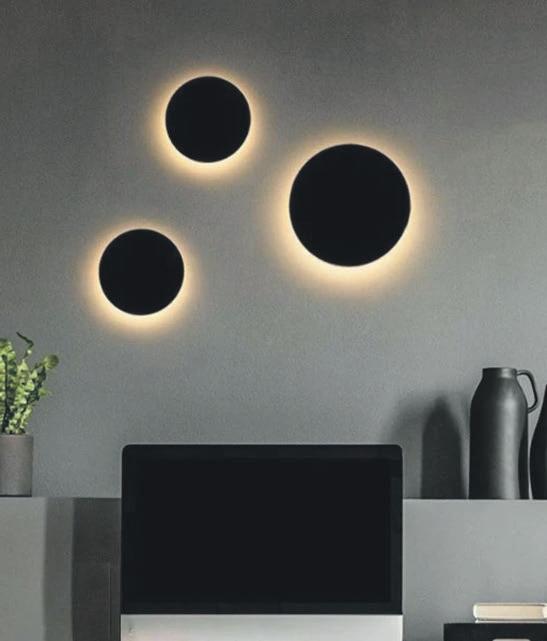
THIS

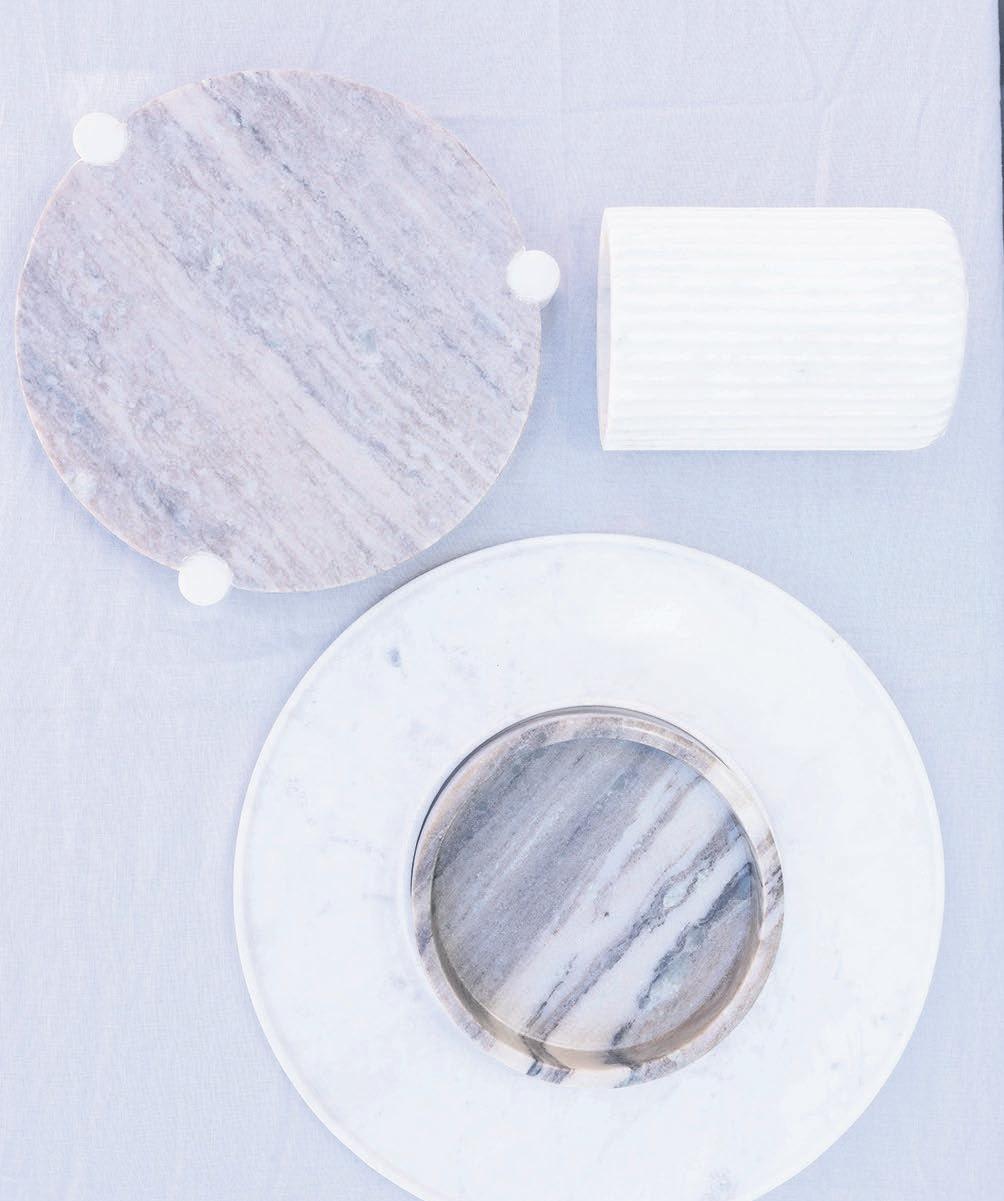
Our Home visited I Want I Need to discover the best looks to make your home warm and inviting over the cooler months.
As you can see from the front cover, this autumn is all about warm tones and textures sprinkled with golden light set against the depths of charcoal softness.
A sturdy yet stylish wooden console with timeless sophistication will allow you to enjoy effortless elegance in any space.
Comfortably sitting two, the Atlanta pebble ottoman is a plush lounge piece that will add cosy curves to your space with its organic, bean-shaped fabric in delicate ivory upholstery.
Make a statement in your home with the beautiful vintage-inspired linen fluted Paola & Joy Cora floor lamp as it illuminates gold over your décor, creating a warm, inviting atmosphere.
Robert Gordon Pottery has a uniquely Australian spirit that is to be loved and enjoyed, making it the ideal place setting for any meal.
With its unique scallop patterning, you can start your day with the Breakfast In Bed range in moss, snow and raspberry.
Hand crafted and hand painted, the Tate collection is destined to become your favourite serving ware, with everything made with consideration and thought.
For an added impact to your table setting, Robert Gordon Pottery’s new season range of linen tea towels, The Drifters, are designed to be mixed and matched.
Made from stoneware, the Apollo range from Country Road features raw bisque detailing in mineral blue. You can refresh your kitchen essentials with a range of Australian cotton tea
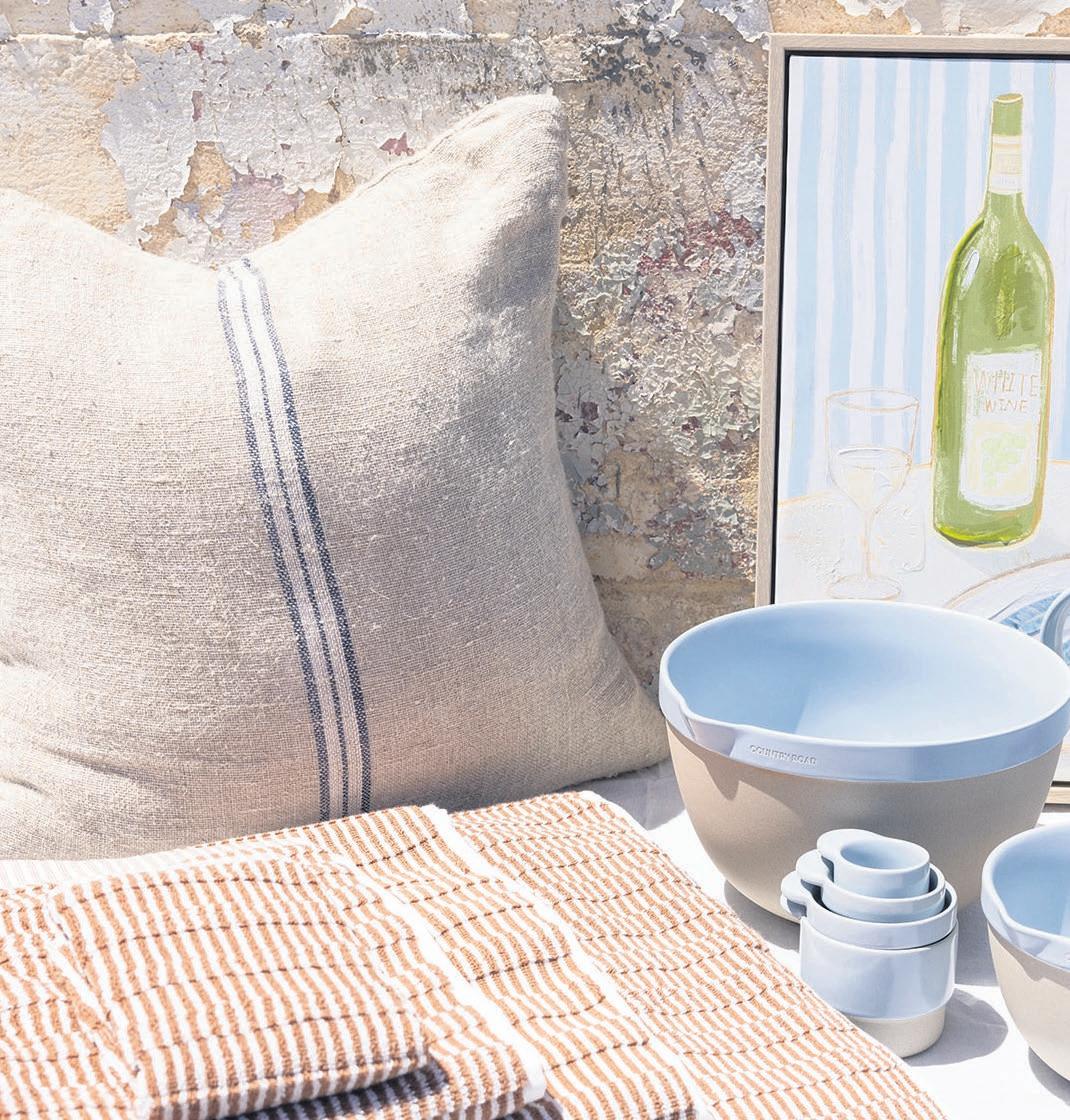
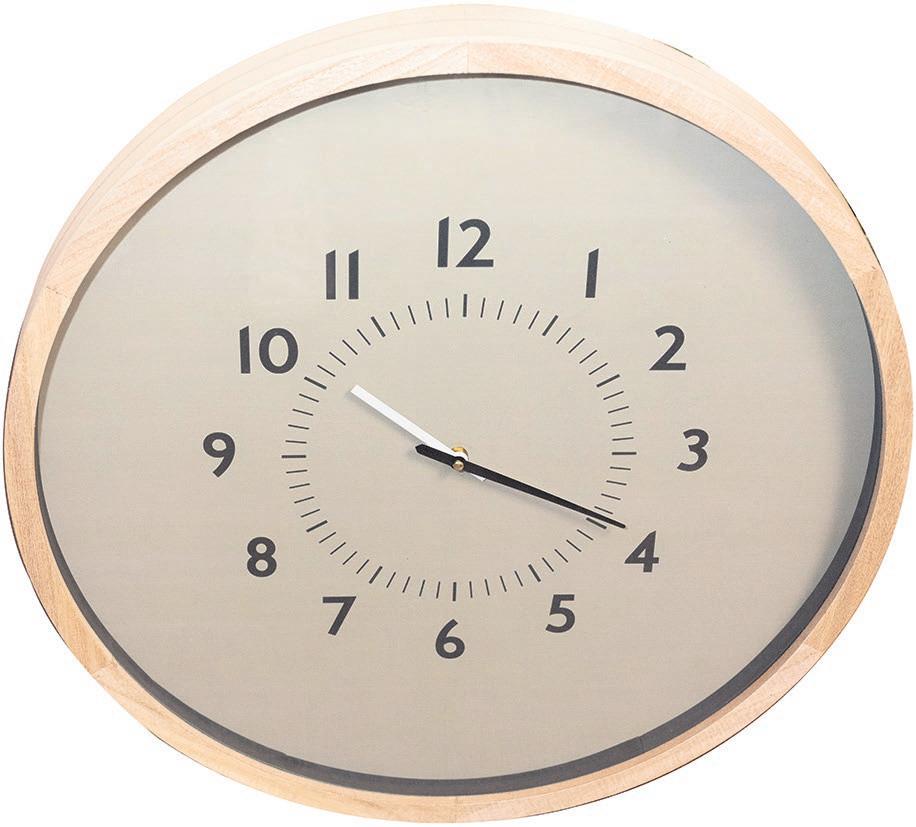
towels, a flat weave gingham pattern or marble rib yarn, and a terry weave, creating a subtle softness.
The Country Road collection of premium cotton bath towels, hand towels, face washers and bathmats are essentials designed in new season colours and patterns, with the Pippa Australian cotton range with its fine yarn-dyed stripe, distinctive high-low rib texture and jacquard border.
Marble adds elements of earthiness, the softness of natural stone and a little bit of luxury to any room in your home.
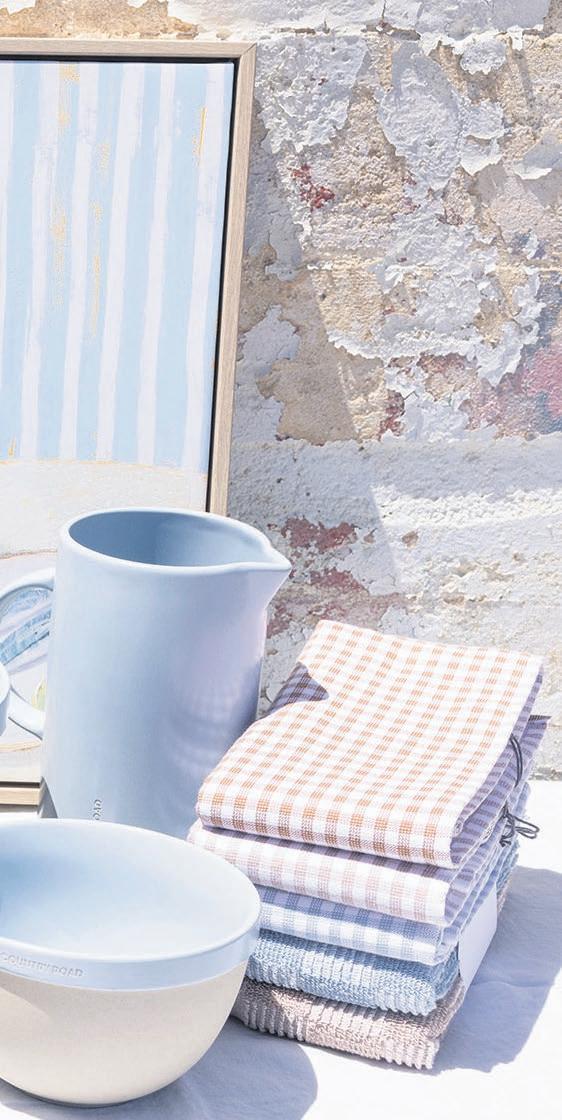
Travertine is one of the world’s best marbles and with its beautiful and unique textures, no two pieces will ever be the same.
Update your wall décor at home easily with this palm tree-themed ancient doorway stretched, ready-tohang canvas wall art print.
Step into the Sinai Peninsula with this Egyptian architecture
framed print that will add character and interest to any space.
Wall art finishes off any room in your home, adding style and detail to a space.
Visit I Want I Need for everything you want and need to style your home in-store and online this season.
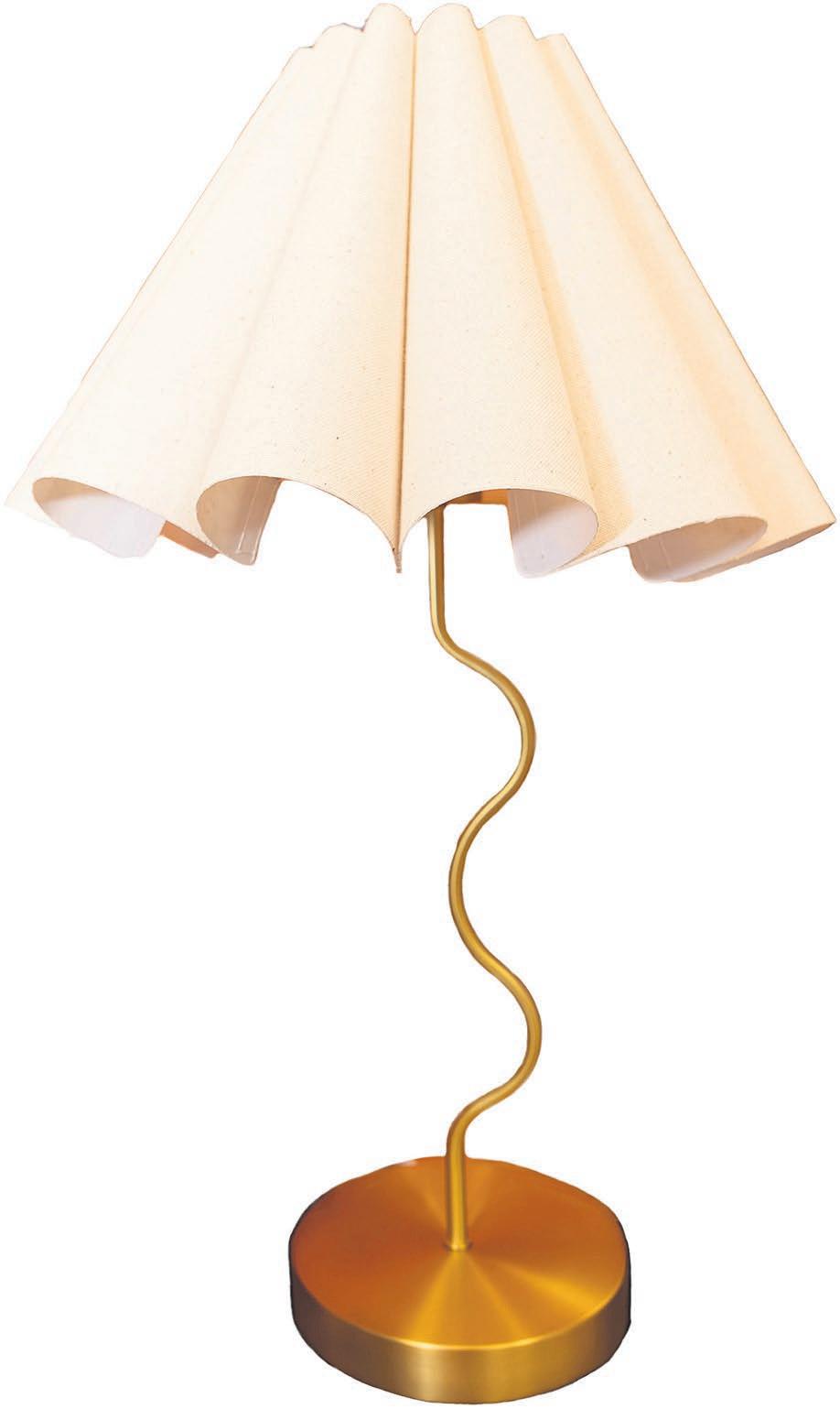
a
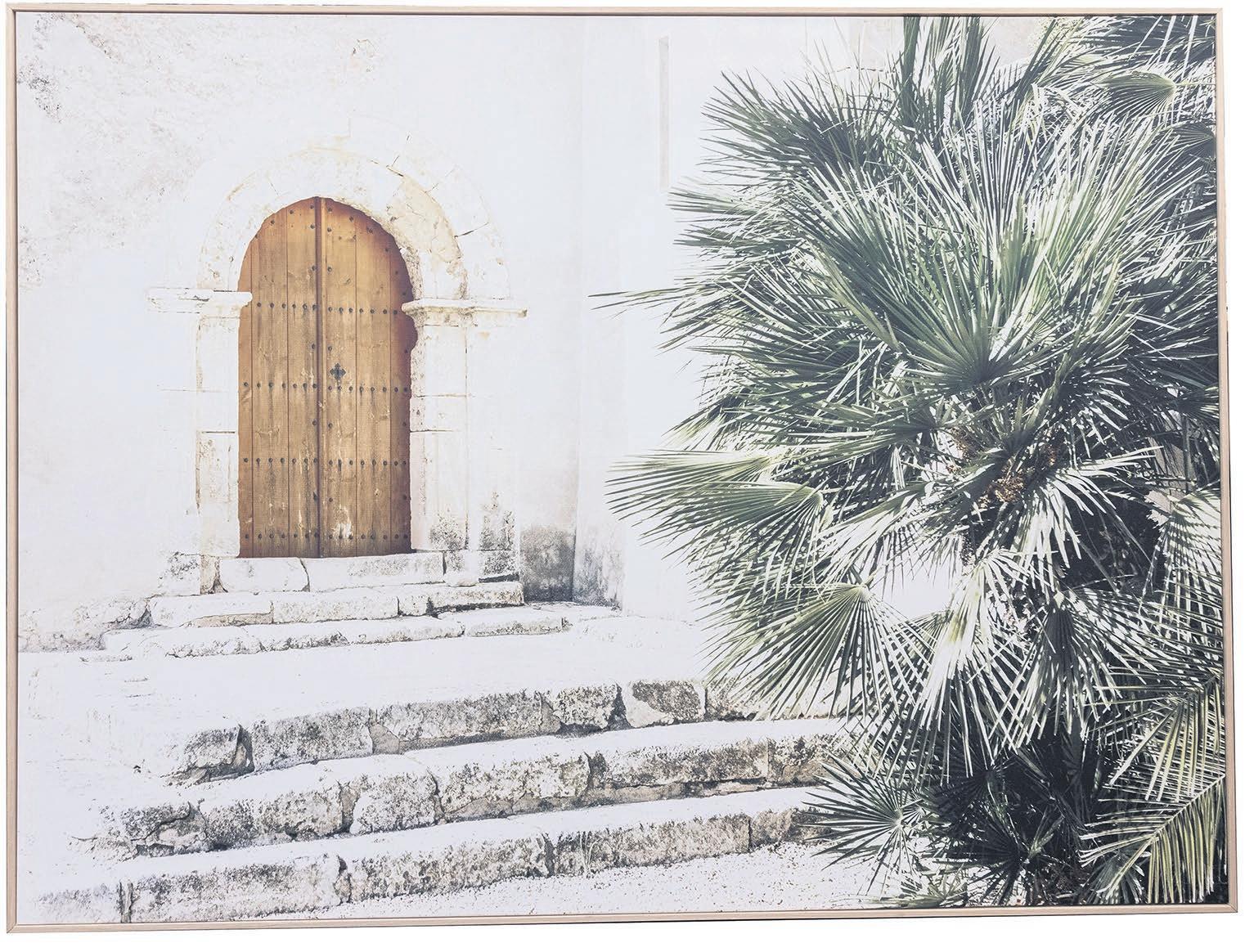
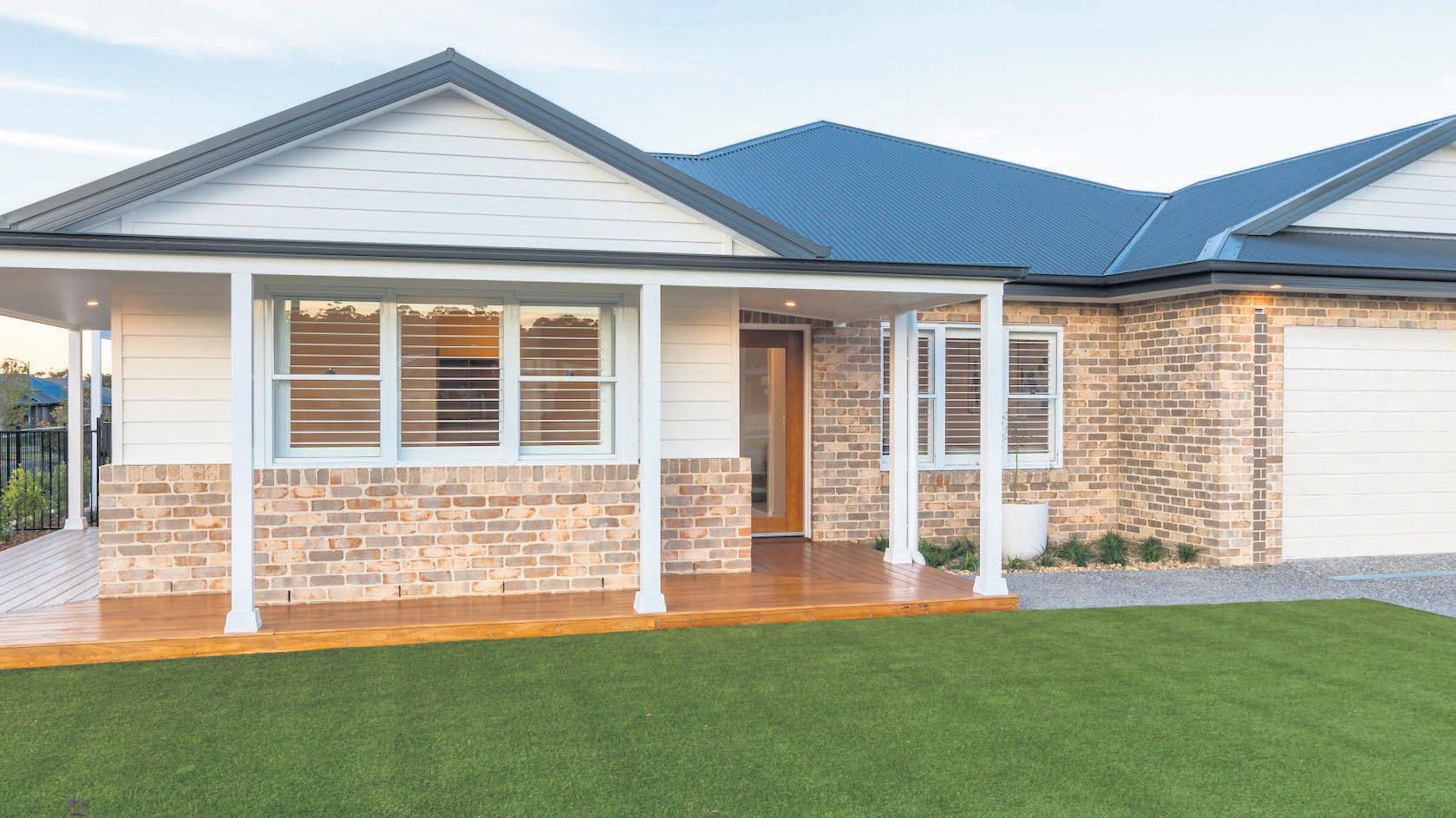
HOTONDO HOMES, ECHUCA MOAMA AND DENILIQUIN DIRECTOR TROY DENBROK HAS BEEN BUILDING FAMILY HOMES AROUND THE AREA FOR OVER 30 YEARS.
Specialising in building family homes for families, Troy has extensive local knowledge and can help you design and build your forever home suited to our local conditions.
With a full Sales and Selections Centre in Pakenham St, Echuca, Troy and his team are there to support all their clients throughout the entire building journey.
“We started working under the Hotondo Homes brand in Echuca and Moama early in 2022, went live later that year, and have been operating since then,” Troy said.
“I was originally from Echuca, then travelled around Australia before stopping back in Deni.
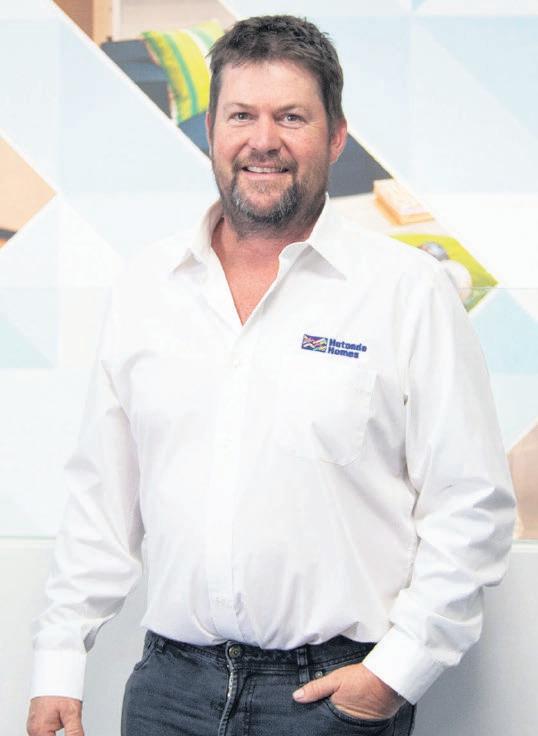
“We took on the Hotondo Homes brand, for an easier process for people.
“We were finding more people wanting set plans, that they can just come in, choose their plans, choose the fixtures and that sort of thing, it is just an easier process.”
Troy was finding that fewer people were bringing in their own plans and wanted designs from which they could choose.
“You start by choosing a plan you like, then go from there,” he said.
“We have our set ranges Retreat, Sanctuary and Oasis Ranges.
“The Sanctuary Range is the most popular, which is mid-range.
“You get multiple things to choose from in the Sanctuary Range.
“Sanctuary Range is virtually every tile that we have in the showroom, and there are various ovens you can choose from, various doors, and different bricks.”
Hotondo Homes Echuca Moama will work with everyone from first-home buyers to retirees and everyone in between.
“We will build for anyone,” Troy said.
“If you want a house, we will build it.
“Our most popular design is Erskine, but we have over 90 flexible floor plans to choose from.
“Hotondo Homes put a lot of time into their designs, which are all good designs.
“If the client doesn’t know what
they are after, we might send them a few designs that I think they will like and ask them things like how many bedrooms, living areas, and bathrooms.
“We can include everything you want in a new home, as simple or as extravagant as you want.”
Hotondo Homes has different facades to choose from, from modern through to traditional home looks.
Hotondo Homes Echuca Moama Sales and Selections Centre is located at 216 Pakenham St, Echuca, phone 1800 677 156.
For the full range of Hotondo Homes designs, go to hotondo.com.au/
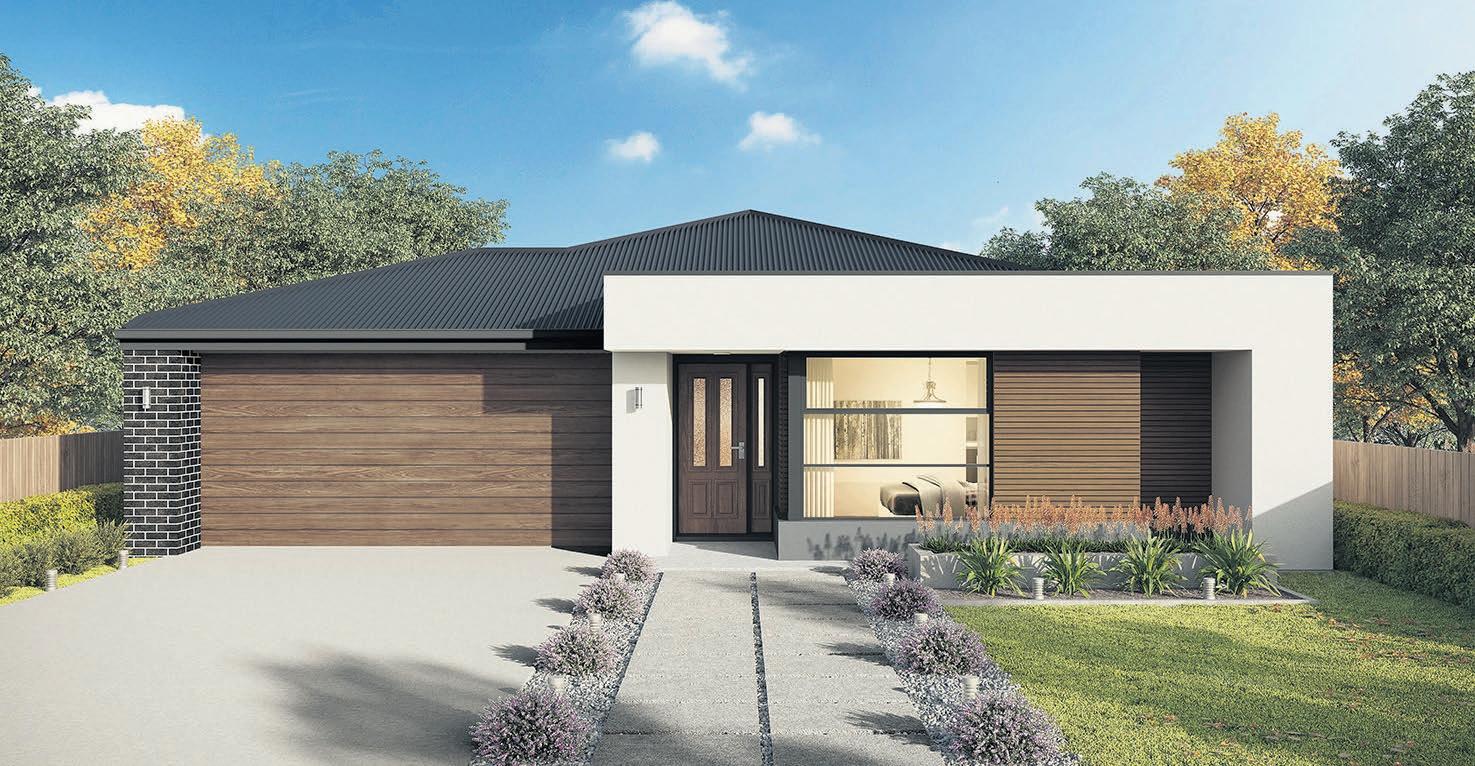






WITH MOTHER’S DAY ON THE HORIZON, OUR HOME POPPED DOWN TO THE MOAMA MARKET TO SEEK THE IDEAL GIFT FOR MUM.
MAILLE BY HEATHER
A new set from Chain Maille by Heather.
Necklace $60
Bracelet $32
Earrings from $15
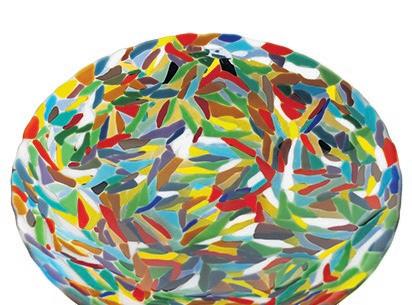


Handmade soap
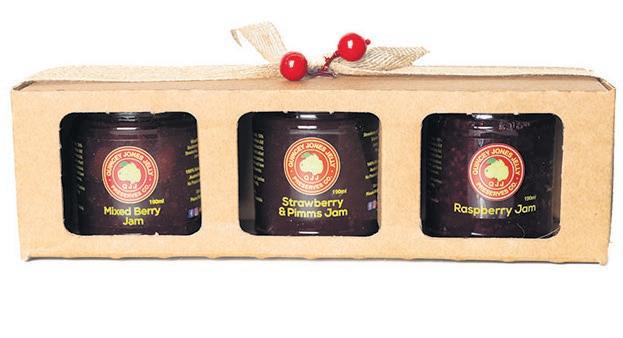
or four for $20


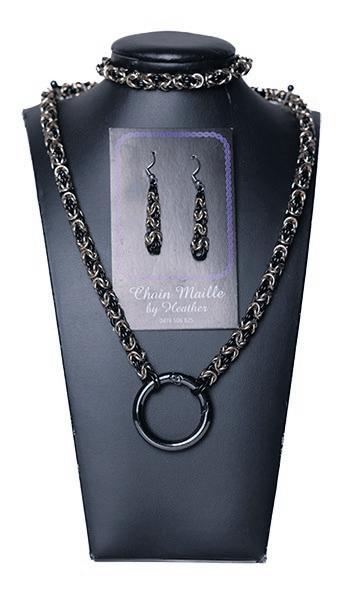
QUINCE JONES PRESERVES
Gift pack of mixed berries, strawberry and Pimms, and raspberry jams from $9 a jar.

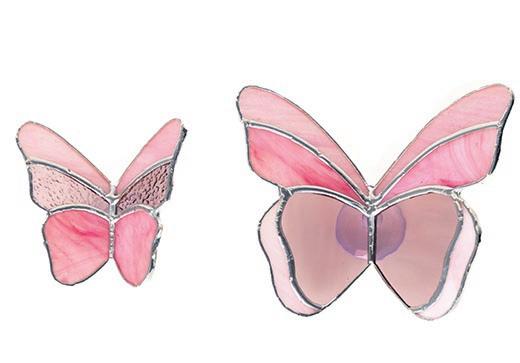
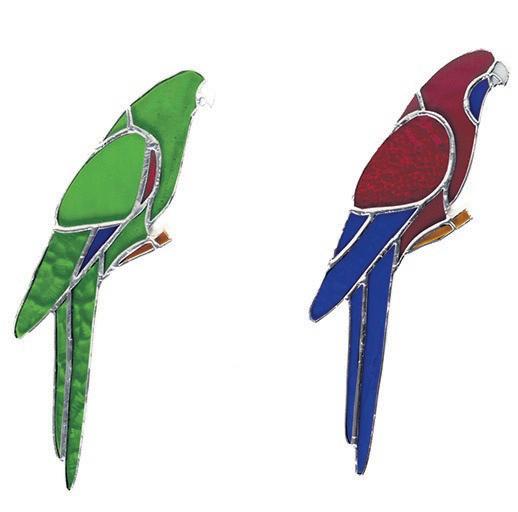
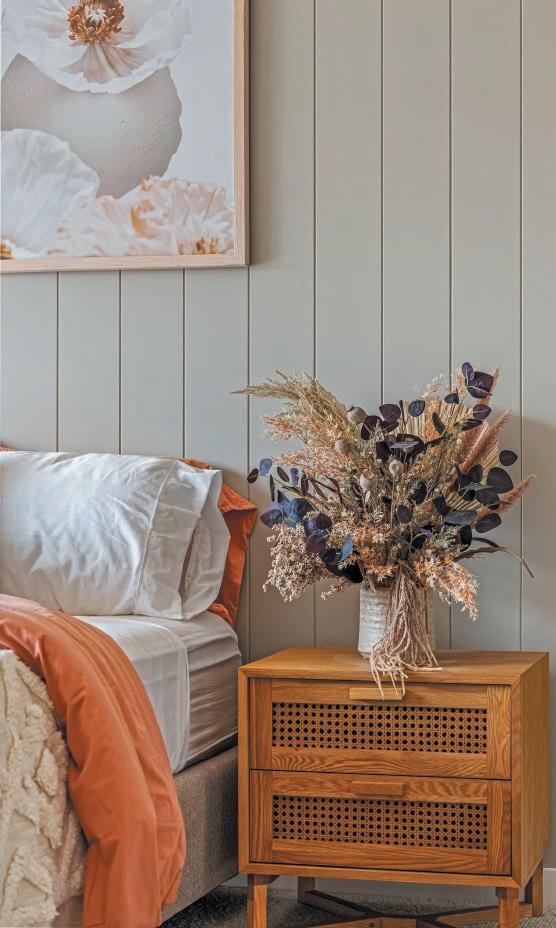
Butterflies, large
, small $12
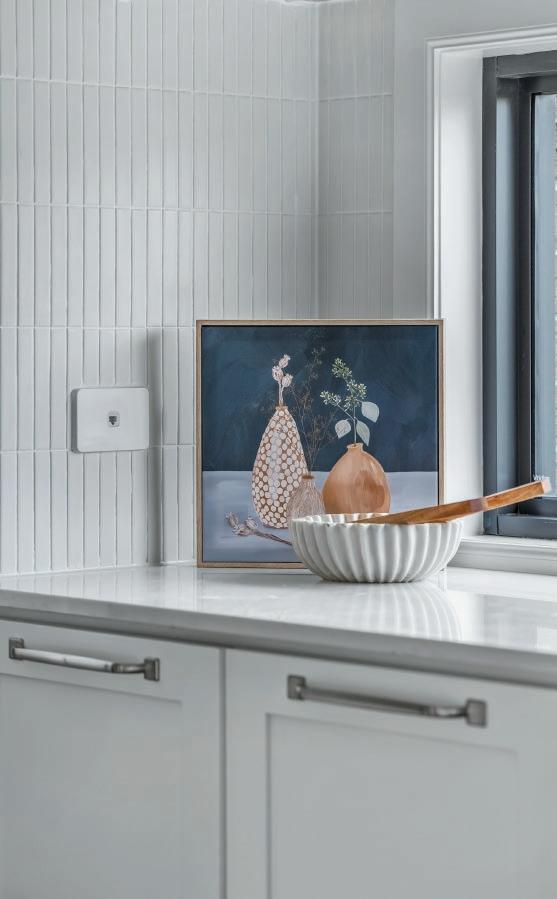
WITH THE CURRENT COST OF LIVING CRISIS, MANY PEOPLE ARE SEEKING WAYS TO REDUCE THEIR FOOD BUDGET.
Living where we live, we have several ways to do this at our doorstep, the heart of Australia’s food bowl.
Our Home has come up with five steps to help you do this.
Buy pre-packaged meals to help you save time and money by only buying the nutritious meals you need to eat.
Fresh 5 owner Lisa Billingham Bailey knows how much buying pre-packaged meals can save you time and money.
“When we go to the supermarket, we buy things we don’t need, like chips and ice-cream,” Lisa said.
“Because our meals are nutritious and part of a balanced diet, you eat them and stay fuller for longer, which cuts down the need for snacks.
“This stops us from snacking on nonnutritious snacks and reaching for a chocolate bar, saving us money on food.
“A chef cooks our food, so you know it is nutritious.
“The meals are cooked and, if need be, snap frozen.”
Cooking and eating out of your freezer can also help reduce your food budget.
“It reduces waste as you only defrost and eat what you need, reducing your food budget and it is cheaper than getting an Uber if you don’t want to cook,” Lisa said.
Use an app to make a meal plan.
Many meal-planning apps will help you make a balanced, healthy diet for you and your family while keeping you within your budget.
In Australia, both the big supermarkets have apps with meal plans that will let you see the cost per serve of a meal.
The apps will create a shopping list for your five or seven-day menu, then let you remove the products from the list you may already have in your cupboard, cutting your food budget.
Where and when you can, buy in bulk.
We are lucky to live in the heart of the food bowl of Australia.
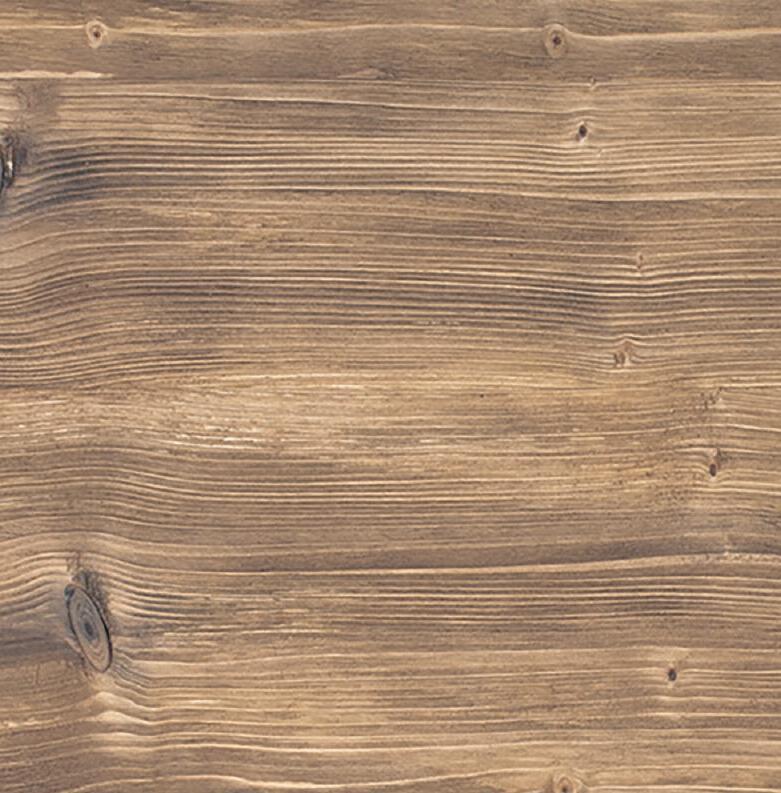
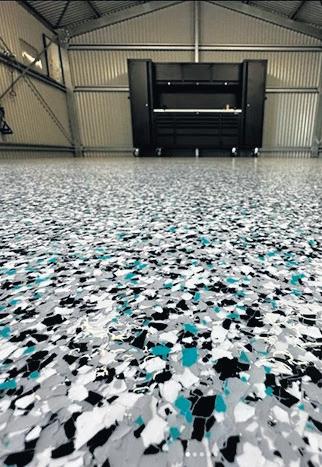
Unlike our city neighbours, we can directly buy bulk from producers and food manufacturers without purchasing a membership.
You can visit a local factory sales centre and pick up goods in bulk (or single servings), possibly discounted between 20 per cent and 70 per cent.
Eat seasonal fruit and vegetables.
Part of living in the heart of the food bowl of Australia is that many farmers have direct to the public sales of seasonal fruit and vegetables throughout the year.
Local Facebook groups are the best place to find who grows what and when it is available.
Grow your own fruit, vegetables and herbs.
Anecdotally, home-grown food tastes better than store-bought.
Setting up a fruit and vegetable garden can be expensive, but you can grow a few things at home to help keep your food costs down.

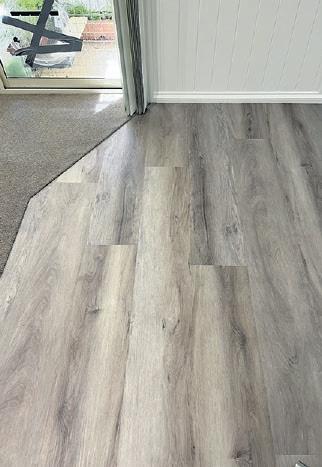
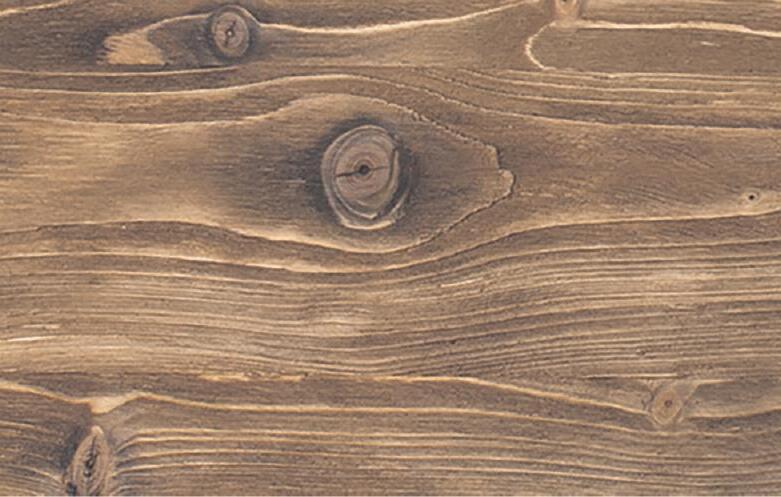
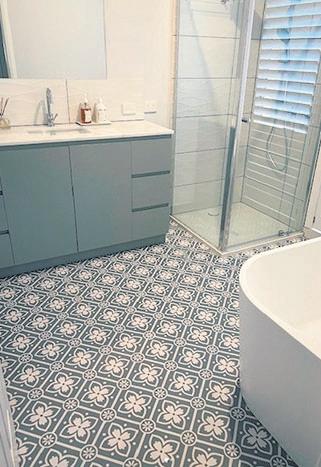
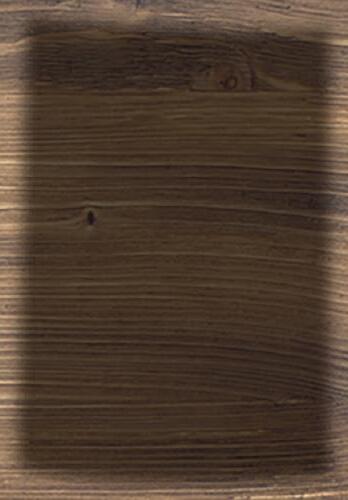

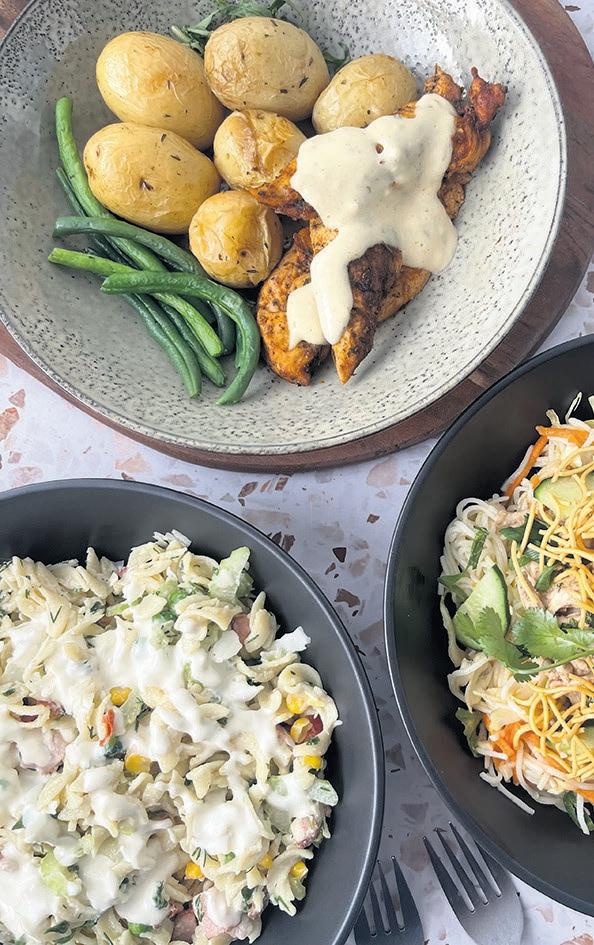
Fresh 5 owner Lisa Billingham Bailey suggests buying pre-package meals to help reduce your food budget.
One of the easiest things to grow at home and enhance the flavour of your meals, all while cutting your food budget, is herbs.
Check out page 15 of Our Home for tips on growing your own herbs at home.
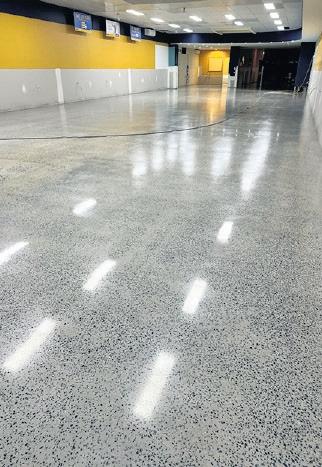
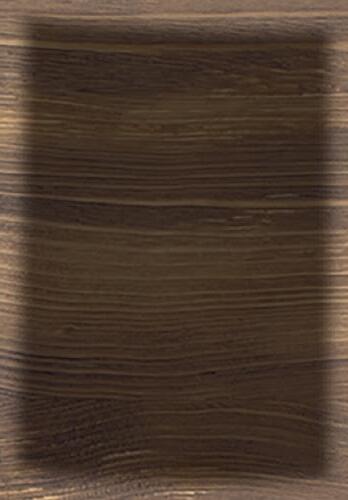
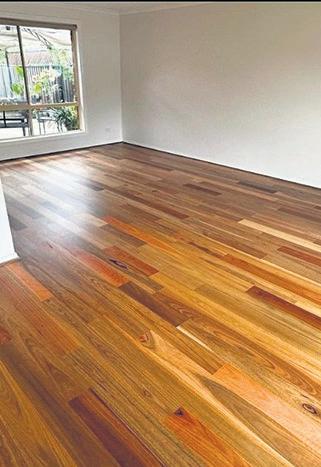
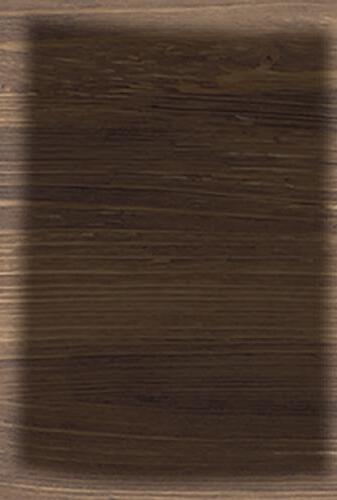

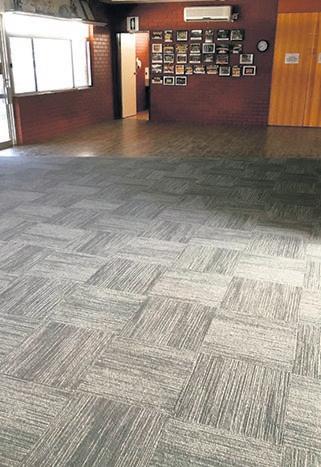
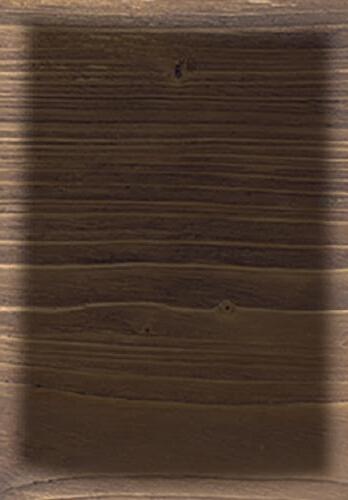

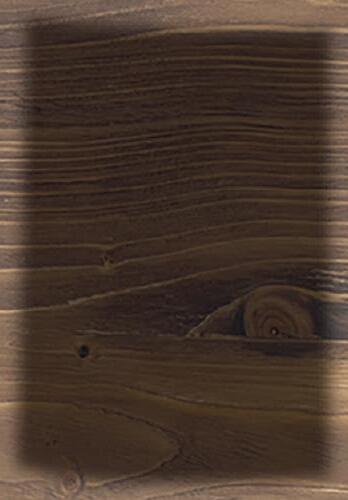
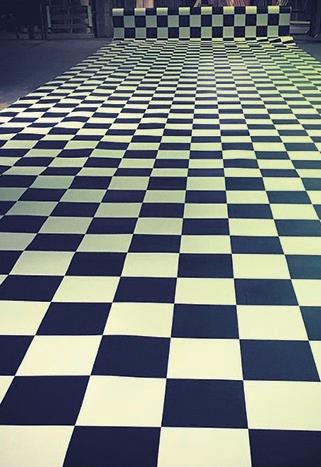




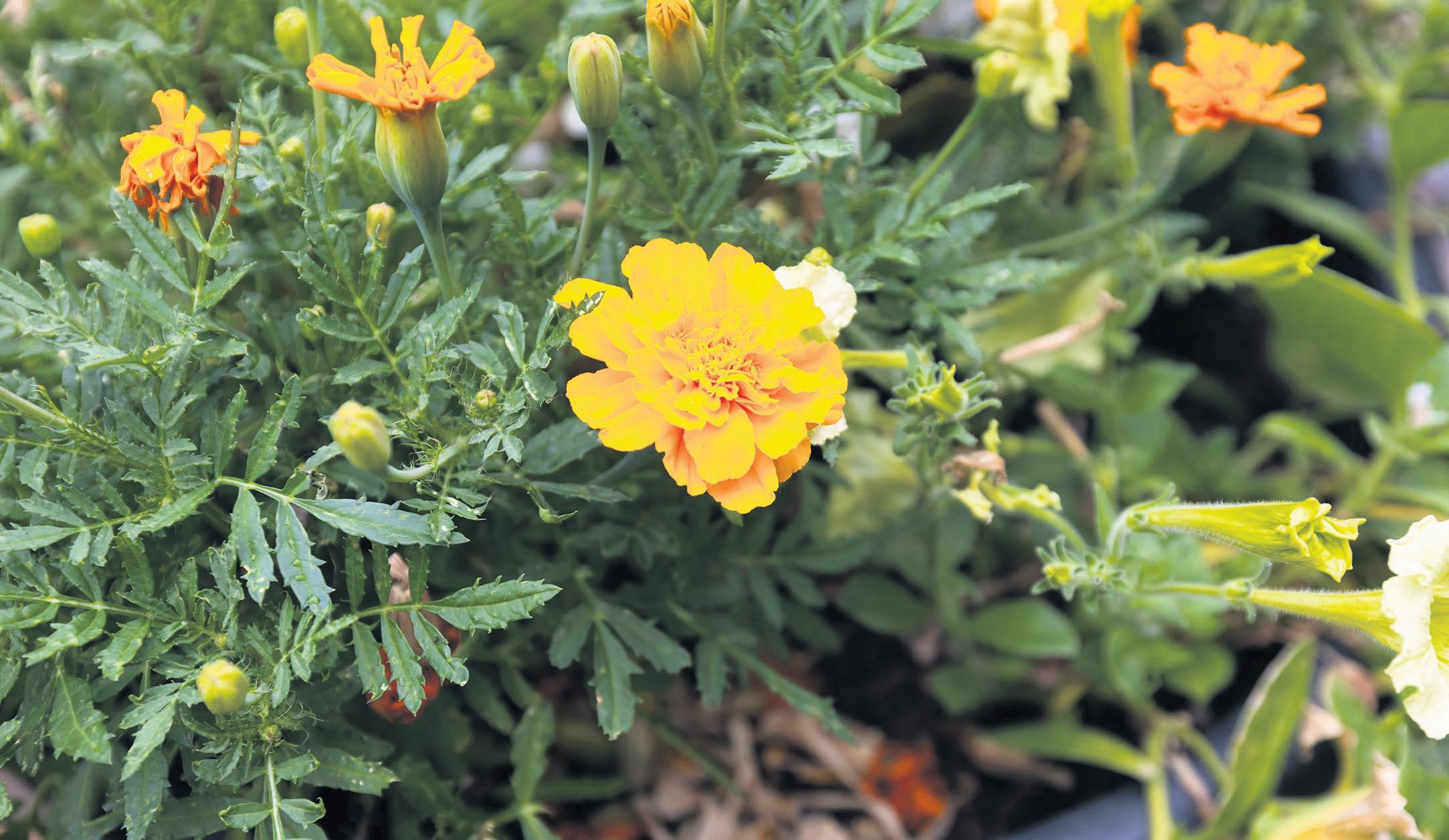


VAL
AND BRIAN ELLIS’ ECHUCA FRONT GARDEN AND VERGE ARE ALL ABOUT BEING EASY TO MAINTAIN.
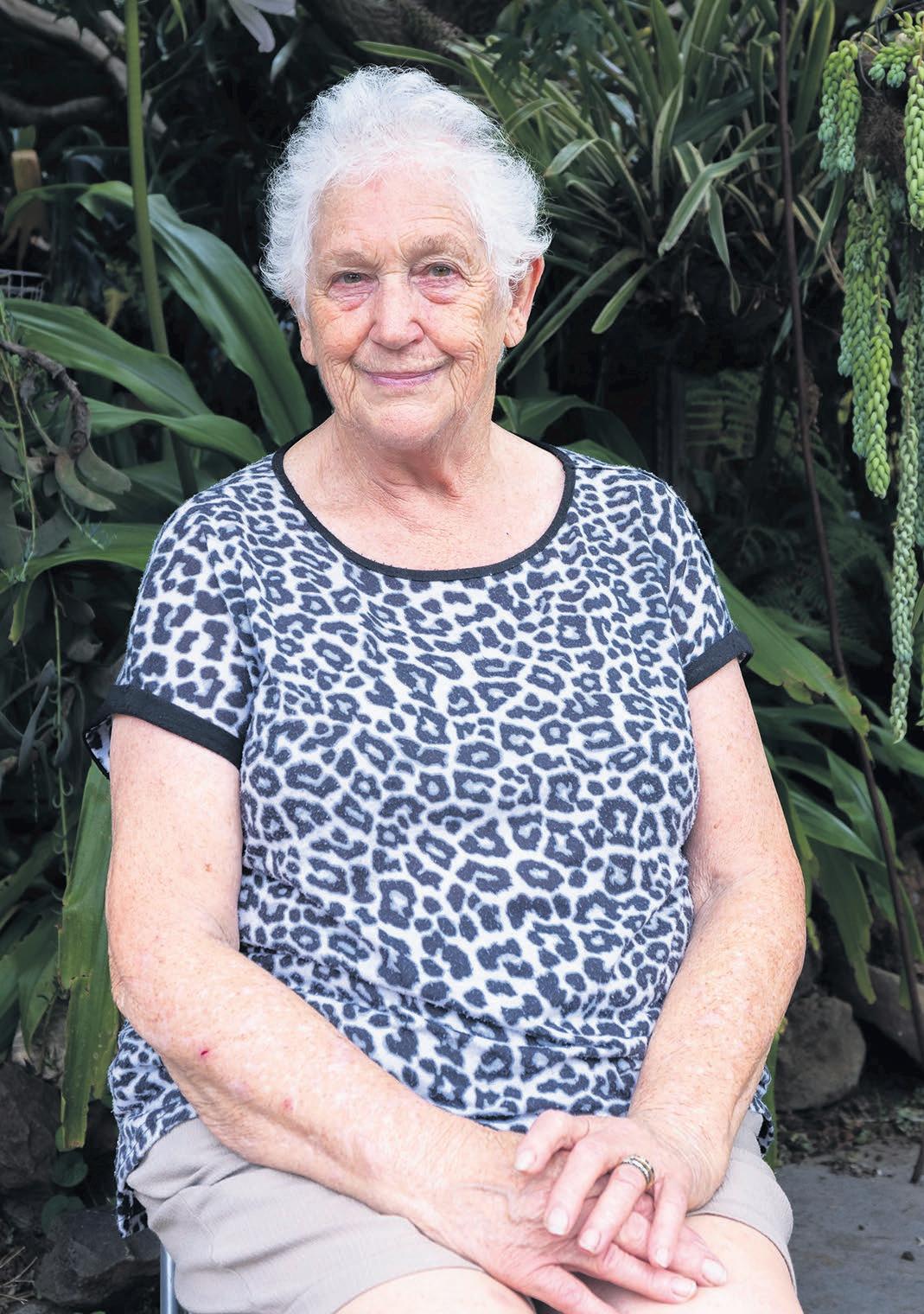
“It is a bit of a joint effort,” Val said.
“My garden is not very conventional.
“We did that when we shifted here 20 years ago.
“We didn’t want any lawns that we had to mow, and we wanted something that would be easy to look after.
“And because everything is grown now, it is easy to look after, doesn’t get many weeds because there is no room for anything other than plants.
“Everything that is in it is things that will grow in this area.
“We have something flowering all year around.”
Val likes crepe myrtles with her 10 in bloom when Our Home visited.
“I have a lot of crepe myrtles in the garden because I like them, and they flower through the summertime.
“When they built up this end of town, the blocks were only meant for one house, so I could never subdivide it
and sell the deck off because it is only a small garden.
“The front garden is a normal-size, maybe 30 feet, 10 metres wide from the fence to the house.
“It’s got a lot of flowers, full of flowers.”
“I have deciduous trees in the front garden, and I like them because they let the light in in the winter and make it nice and shady in the summertime.
“There is an ornamental pear tree, and I have got a couple of Japanese maples in there that are grafted, and one of them is a red one, which is beautiful.
“The garden is designed so that it is good for us.
“We have a lot of rocks around it, which were good 20 years ago, but probably not as good when you are getting older because you can trip over them, but it does make you be careful where you walk.”
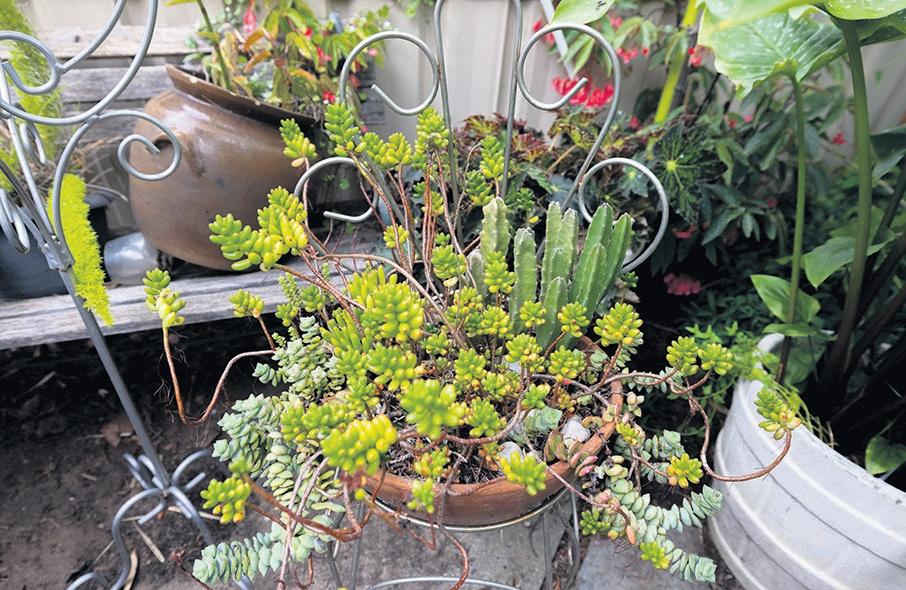
Val was growing a multitude of flowering bulbs in the front yard, which recently have been replaced with a dry rock bed.
“I had bulbs and things growing all through there and we put rocks over them because it became kind of wild,” she said.
“Bulbs are beautiful when out in flower and then go very untidy.
“I didn’t want them that untidy and to have to dig them up.
“There were probably only jonquils and things, and people don’t want them, wanting things that are different.
“The bluebells come up through whatever I’ve got anyway and still may come up in spring.”
Due to the size of the garden, along with past pet dogs and chickens, Val grows many plants in pots.
“The dogs got old and passed and then we decided we would have some chickens, which are worse than dogs,” she said.
“We had four of them and they roamed around the backyard.
“And will tell you what, we never had any weeds while they were there, no snails, things like that.
“But they are massive scratches and anything that is not a tree doesn’t survive.
“They are really, really quite destructive.
“I even have a rose bush out the back.
“Anything that was found that they could pick and eat, it has been about eight weeks since the last one passed away of old age, the roses have grown up underneath and are looking really, really good.”
Val has started collecting begonias to add to the garden, as they grow very well in the area.
“They are one of those things you can grow from cuttings, and if you know someone that will give you a cutting, you can swap them around,” she said.
“I just find that they are good ‘talk about’ plants, and you can swap them with other people.
“I’ve got quite a collection and three years ago, I wouldn’t have had any.
“I put the cuttings in a bottle of water, and they get roots on them, so now, at this time of year, they get roots quick.
Val joined the Echuca Horticulture Society when she started thinking about slowing down from full-time work, having been a member for about 10 years.
“I like things that you can collect and swap around, and that is why the horticulture club is good because we do swap things,” she said.
“I decided, by the time I got to 60, that if I was going to leave work, I had to have something to do other than sit down and take naps, so I joined the horticulture club and the family history club, and I am on the radio too.”

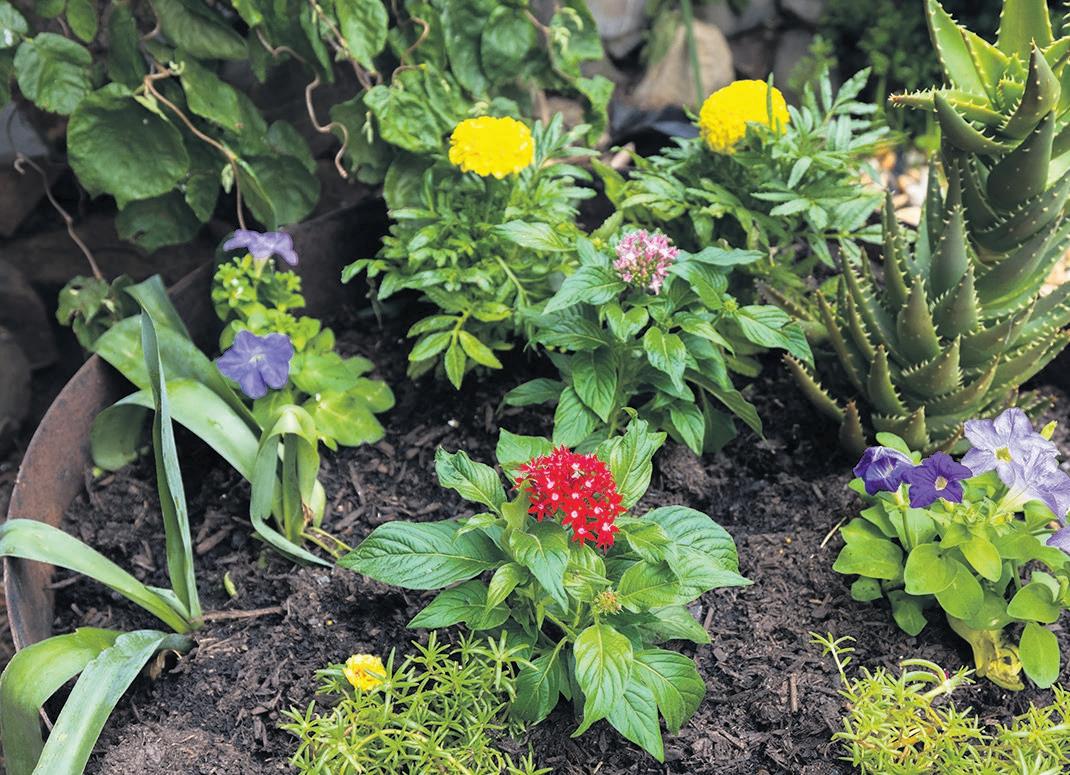
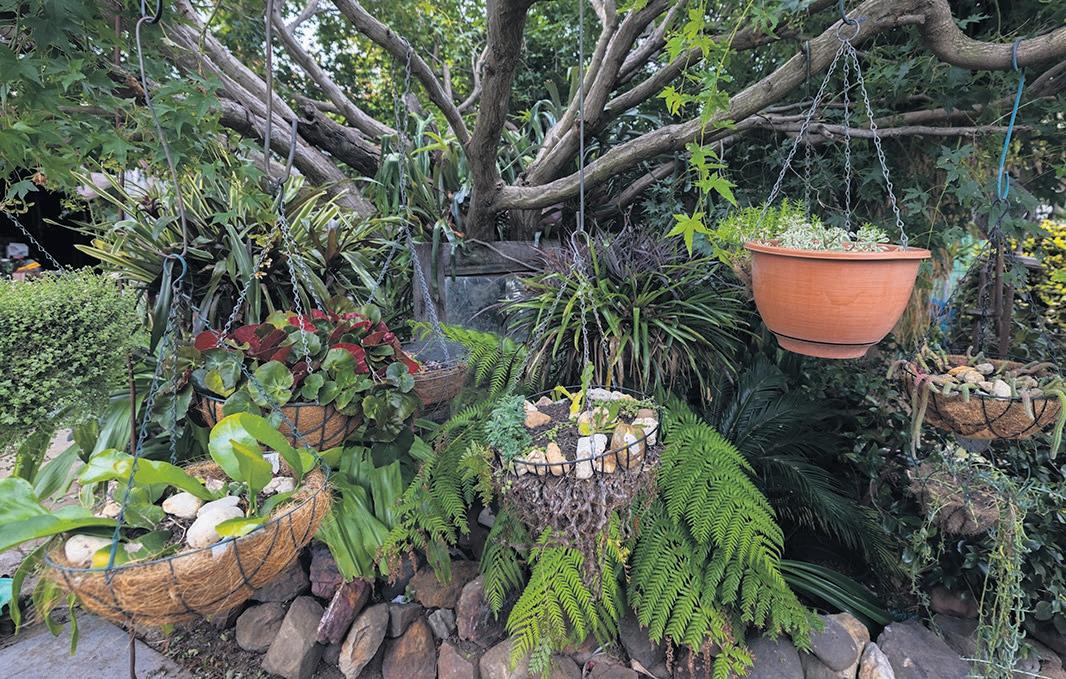


It was 20 years ago that a chef told me that in his new kitchen, he was going to use induction cooking only.
At the time, this was unheard of.
Ten years ago, when opening a cafe and building a kitchen, it became apparent that induction was the way to go.
At the time, this was unheard of.
The kitchen has evolved from a cafe to a cooking school, using built-in and portable induction cooktops to cook everything.
With the electrification of homes under way in Australia, many people don’t have a choice but to move to induction.
Yes, induction is electrically operated, but unlike an electric element, the energy transfers from the inducted cooktop directly into your metal cookware using an electromagnetic coil beneath the ceramic glass.
Because of the electromagnetic coil, induction is incredibly fast and can boil a pot of water in under three minutes.
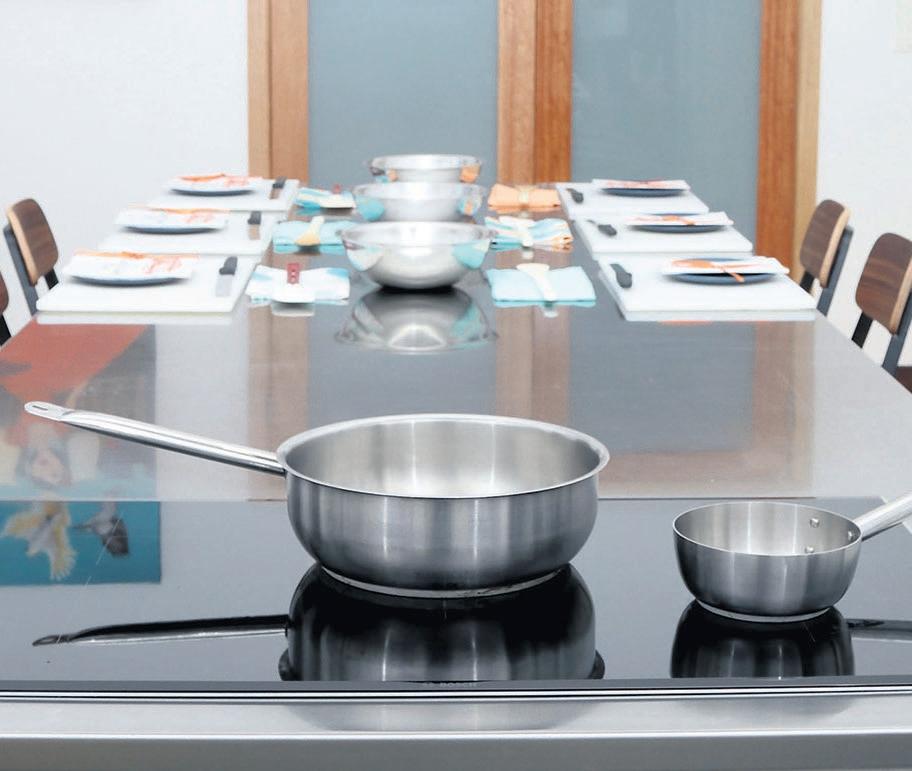
It is a myth that you can touch the spot where the pan sits and it will be cool.
When taking a pan off the heat, the induction cooktop will be too hot to touch, but it cools down quicker than an electric cooktop.
The area, not used for cooking, does not heat up, making induction safer and ideal for letting your little budding chef loose on dinner.
In my kitchen, we sometimes teach people of all abilities how to cook.

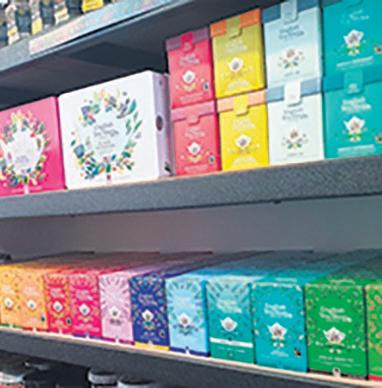
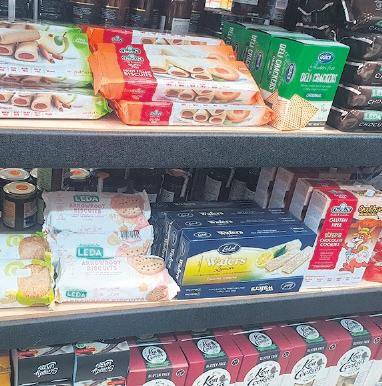
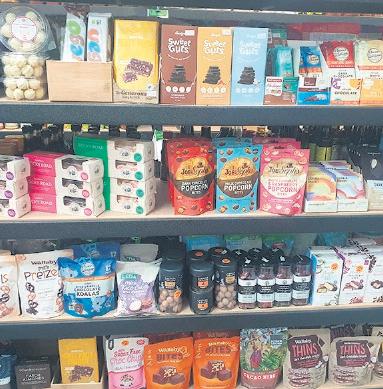
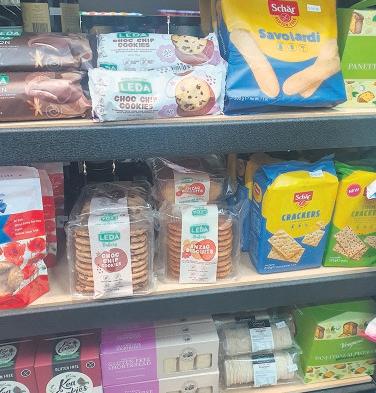

It may be the first time they have ever fried an egg, and using induction means they don’t have to be scared of touching the area around the pan.
Induction is impossible to leave on, turning off if it overheats, is left on for too long or once you remove the pan.
The biggest downside of induction is needing new pots and pans that a magnet will stick to the base of, which may be costly.
We all know you need good pots and pans to cook well, so a set of new saucepans is the worst compromise you may have to make in the move.
Some worry that food will stick to the bottom of the saucepan, which happens when you heat something too quickly in a pot that may have seen better days.
As a chef who can be found in the kitchen making jam and sauce most weekends, sticking is not a problem.
But maybe it is a chef’s thing to cook on a lower heat, keeping an eye on what is cooking at all times.
Hence, induction cooking is ideal for me and what you will find in my kitchen.



IF YOU HAVE EVER WONDERED HOW TO GROW HERBS FROM SEEDS, JACI HICKEN HAS SOME INFORMATIVE TIPS ON HOW TO DO IT.
S
ome herbs are planted as annuals in a vegetable patch and some as herb borders and perennial companion plants.
The easier way to grow your herbs for seed is using a packet of herb seeds that come in-bedded in a seed mat.
You can purchase parsley, basil, oregano, coriander, chives, thyme and mint seeds this way.
Place roughly 6cm of seed-raising potting mix in a round 10cm x 10cm high pot, as the seed mats fit perfectly. Place the seed mat on top of the soil, then cover it with an extra 5mm of seed-raising potting mix.
Only give them a light water, then leave them in a sheltered place and keep them moist until the seeds have sprouted in five to 10 days.
Once they have sprouted, how you grow herbs first depends on what type of herbs they are, annual or perennial.
Annual herbs you grow each season from seed, include parsley, basil, coriander and chives.
You can keep these annual herbs in the 10cm pots you have sprouted them in, if you like, keeping the water up to them until they die off, harvesting what you need and having the plant bounce back over three months.
If you would like, you can plant your annual herbs in your vegetable garden as an annual vegetable crop, but they will only last a season; then, like all yearly vegetables, they must be replaced and rotated through the vegetable garden.
Perennial herbs that you could have sprouted from seed include oregano, thyme and mint, with more varieties of perennial herbs available in pots at nurseries.
You can keep perennial herbs in pots or garden beds and continually harvest, but they will still need care including pruning, feeding and watering to have the best tasting and healthy plants, that may keep you in fresh herbs for years.


